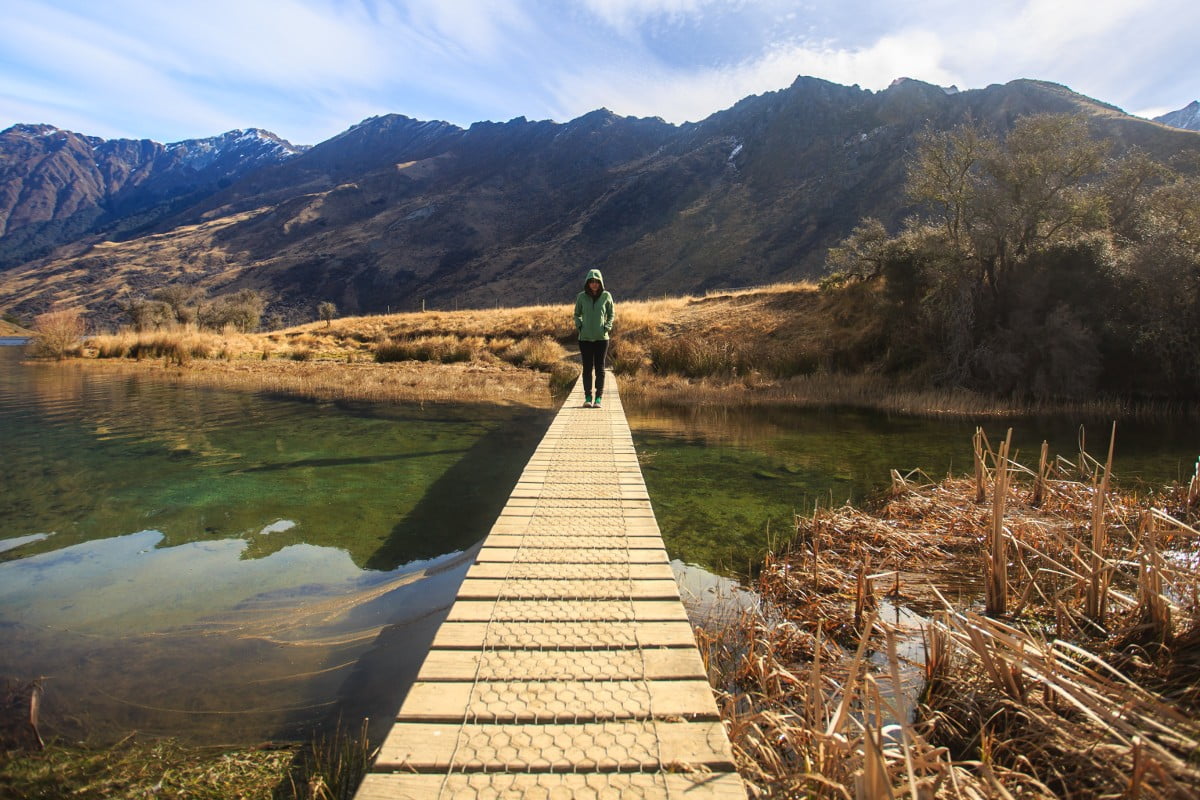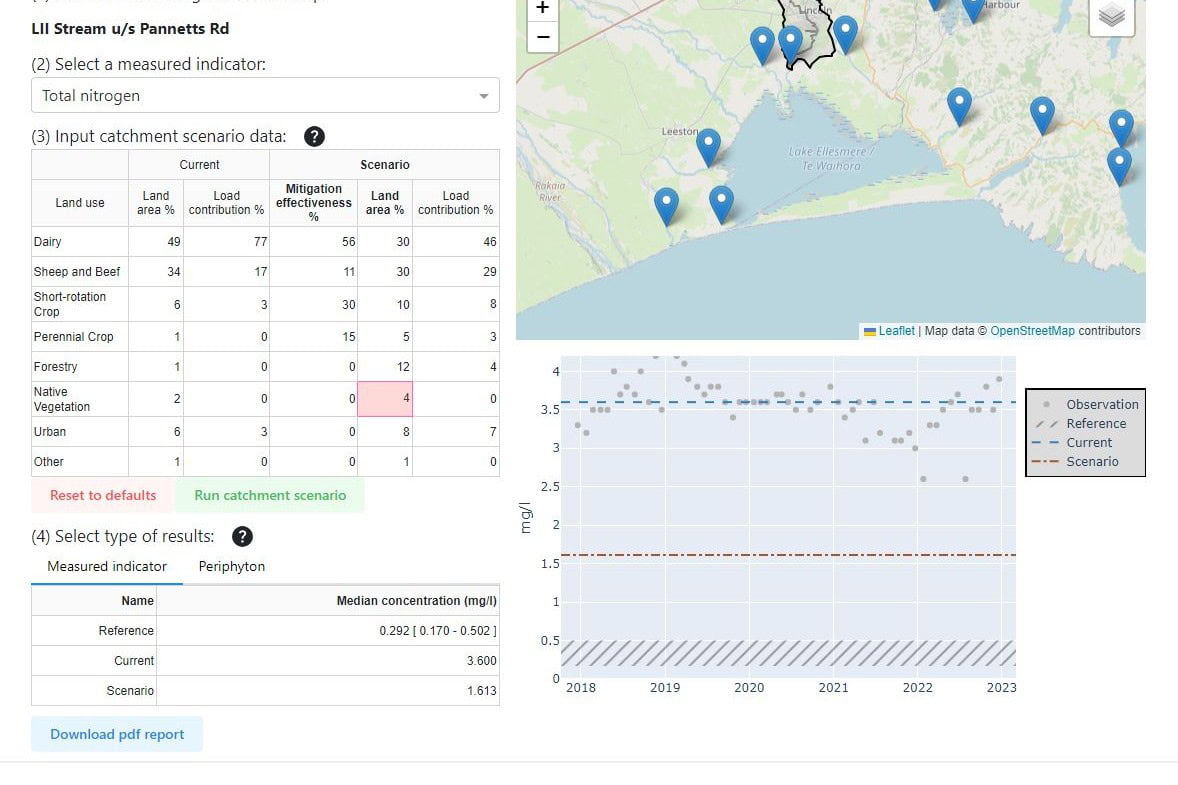August 30, 2024
Resources related to
Sediment
Geoff Reid
Sediment is a natural part of our rivers, but too much sediment disrupts ecosystems and harms plants and fish. These resources can help you identify sources of sediment, understand how sediment moves through the landscape, and prevent soil loss.
Showing 1 - 12 of 104 results
Temperature and Nitrogen Effects on Phosphorus Uptake by Agricultural Stream-Bed Sediments
Climate change will likely increase the growing season, temperatures, and ratio of nitrogen (N) to phosphorus (P) loss from land to water. However, it is…
Predicting improved optical water quality in rivers resulting from soil conservation actions on land
Soil conservation not only conserves soil but it improves the water clarity of water in rivers. This improvement may be estimated by the methods shown…
Tool for relating land use/management to sediment rating curve for the Manawatu catchment
Visual clarity of water is the distance (in metres) through water that objects can be seen. It is variable over time because it depends on…
An event-based model of soil erosion and sediment transport at the catchment scale
Soil conservation over large areas is expensive and needs to be targeted to obtain maximum benefit for the least cost. In this paper, an event-based…
 View Our Strategy Document 2019 – 2024
View Our Strategy Document 2019 – 2024


